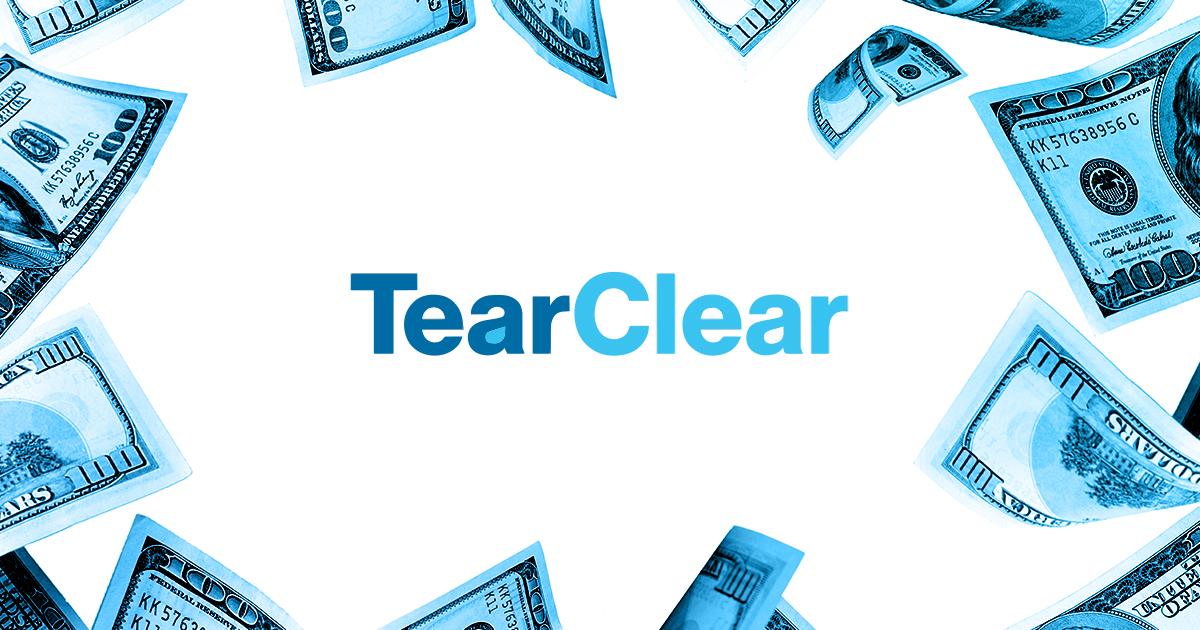We’ve Got Your BAK

Imagine a world where you could use as much preservative as you needed in a prescription eye drop without ever having to worry it would reach the cornea? Well, that’s exactly what TearClear is doing in an attempt to get a slice of the $3.7 billion glaucoma medication market.
TearClear aims to be the premier specialty pharmaceutical company assuring reliable delivery of preservative-free ophthalmic drugs from preserved multi-dose solutions. Vance Thompson, MD, said preservatives (and benzalkonium chloride [BAK] in particular) are well known to prevent the growth and spread of bacteria, which is why they are used in multi-dose bottles. Preservative-free topical therapies are available, but are typically reserved for the approximate 20% of glaucoma patients who cannot tolerate preservatives,1 primarily due to cost issues of the preservative-free, single-use dosing.
But BAK also can cause hyperemia and harm the ocular surface – BAK is used in approximately 70% of all ophthalmic drugs and about 25% – 30% of patients using preserved drugs suffer from some kind of ocular surface damage. The TearClear dosage form uses a proprietary hydrogel formulation to selectively capture the BAK at the time of eye drop administration while allowing the drug to pass through unchecked, thereby delivering preservative-free drug to the cornea — in essence, the technology acts as a filter designed to remove the preservative before the medication leaves the bottle and is administered to the eye.
Based on TearClear’s quantitative payer study representing 275 million covered lives, the TearClear product is expected to get 96% reimbursement at Tier 2 or Tier 3 and be a competitively priced branded generic that is preservative-free on the eye, according to the company. TearClear has “the potential to improve compliance, quality of life and eliminate additional dry-eye drugs that glaucoma patients often need due to ocular surface damage from preservatives,” Dr. Thompson said.
With about 36 million prescriptions and 52 million total glaucoma units used yearly, the market potential for this type of pharmaceutical business is equally bold. TearClear is in the process of building a platform of eight priority glaucoma medications, preparing for FDA submissions, and scaling up for commercial launch, all while completing a Series B round of $25 million. It completed a Series A round of financing ($4.5 million) in 2017. The company also has patents (or pending) in seven countries.
“Preservatives are important in the bottle, but they’re problematic on the eye,” Dr. Thompson said.
TearClear’s recent pilot study conducted outside the U.S., evaluated the safety and efficacy of TearClear Timolol (n=30) compared to commercially available preserved timolol (n=10), and found there was no statistically significant difference in mean trough intraocular pressure (IOP) at end of 4-weeks of dosing vs baseline between the two treatment groups.
Beyond timolol, the company has developed dosage forms for seven other glaucoma drugs and will eventually address this unmet need in dry eye, allergic conjunctivitis, other critical disease areas.
“TearClear is the only company that can deliver a pharmaceutical product where BAK-preserved drugs are delivered as a preservative-free doses,” Dr. Thompson said.
Dr. Thompson is a consultant and advisor for Tear Clear.
Reference:
1. Stalmans I, Megevand GS, Cordeiro MF, et al, Preservative-free treatment in glaucoma: who, when, and why? Eur J Ophthalmol. 2013;23(4):518-525
